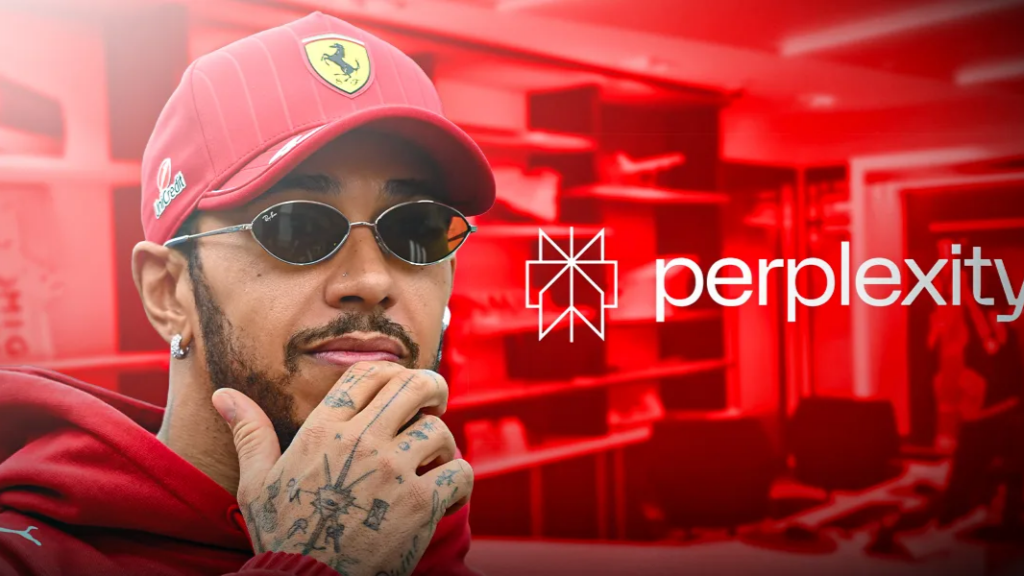How digital disruption in sports streaming is increasing reach – and influence
June 4, 2025
As technology continues to give more potential to more people, its rights-holders who need to be aware that older platforms are giving new opportunities to disrupters to show matches and races online. In this Member’s Insight piece, Arc & Foundry’s director David Granger writes how digital disruption in sports streaming is increasing reach.
The effects of new technology on sport has now reached what will be known as the blink-and-you-miss-the-bandwagon phase.
Every day there are not only stories of new tech in action, but there is new tech itself. What will be interesting is what established media rights-holders and activation wranglers will have to adopt in order to survive, let along thrive.
This month the two tales which rose to the top of the newsfeed concerned brand ambassadors (Lewis Hamilton and AI search) and broadcasting rights (French rugby streaming on YouTube).
Both are of interest as they represent a shift in power from the old guard and a potential new vanguard for those individuals with a handle on technology innovation. That’s individuals, rather than corporations or federations.
This broad trend is a redefinition of broadcasting and sponsorship, placing individuals at the helm.
The streaming. Tim Cocke is a former BT Sport rugby reporter turned entrepreneur. He has successfully acquired UK and Ireland streaming rights for France’s second-tier rugby competition, Pro D2… and decided to broadcast matches free on YouTube.
The FR-UK Rugby channel’s debut broadcast was the match between Provence Rugby and. Soyaux Anglouéme and managed to hit more than 20,000 views (no doubt helped by the fact that analysis came from former England international Joe Worsley). It demonstrates a decent number of fans wanting to watch French rugby. In Britain.
By bypassing the traditional subscription model, Cocker is (and it’s a word which is often over-used, but in this case is true) disrupting the status quo. There are other examples, such as Brazil’s CazéTV which shows football on a service run by a streamer which shows big games to its South American audience. And presumably anyone with a decent VPN.
Clearly there is an appetite for watching even less-that-top-tier rugby, at a time some premier clubs in England have faced a tough time balancing their books. It’s one for the traditional broadcasters and the traditional broadcast model to be aware of if not wary of.
The second story concerned Formula One driver Lewis Hamilton. His most recent endorsement has come from Perplexity, the interestingly named search engine. But a search engine which uses AI to tailor responses (arguably that’s what search engines, so… but this is about sport, not semantics).
The fact that a Formula One driver of Hamilton’s age and experience is considered a fitting ambassador for a major software enterprise is no indictment on other drivers, he is probably the most distinguished and distinctive racer on the grid. Tech is also moving in on F1 in a big way – Google with McLaren, Atlassian for Williams Racing, and Salesforce for the whole of F1. It’s clearly a good fit: the sport is based in large part around technical innovation
Both Cocker and Hamilton, FR-UK Rugby and Perplexity represent a shift in perspective for sport in 2025. And both are examples of a trend which is only going to gather pace and momentum as digital technology continues to affect the consumption and funding at every level.
We are only going to see more grass-roots channels support live sport and artificial intelligence have more influence – either through sponsorship or spectating. What is going to be fascinating is how mainstream broadcasters react.
David Granger is a director of Arc & Foundry content marketing agency.

